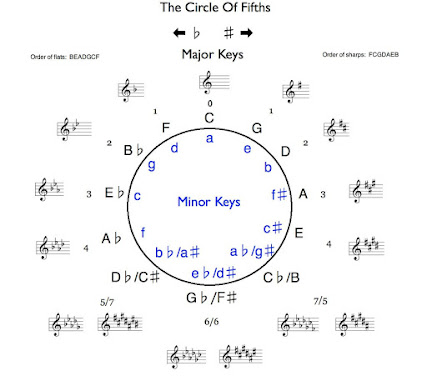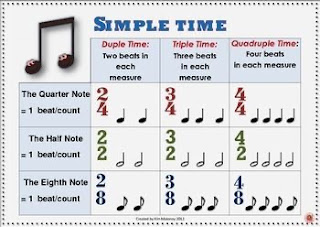Minor Scales and Minor Keys

Lesson 4 September 21st, 2020 Lesson 4 Lecture notes: To find the relative minor of a major scale , you would count up a major 6th from the tonic note . For example, C major . ( C , D , E , F , G , A , B , C ) . Therefore , A would be the relative minor to C major . To find the relative major of a minor scale , you would count up a minor 3rd from the tonic note . F or example, A minor . ( A , B , C , D , E , F , G , A ) . C would be the relative major to A minor . Relative major and minor scales share the same key signature , also known as relative keys . There are three different types of minor scales ; natural , harmonic , and melodic . The natural minor shares the same key signature and accidentals as its relative major . The harmonic minor shares the same key signature as its relative major . With the addition of raising the seventh degree . The melodic minor shares the same key...


